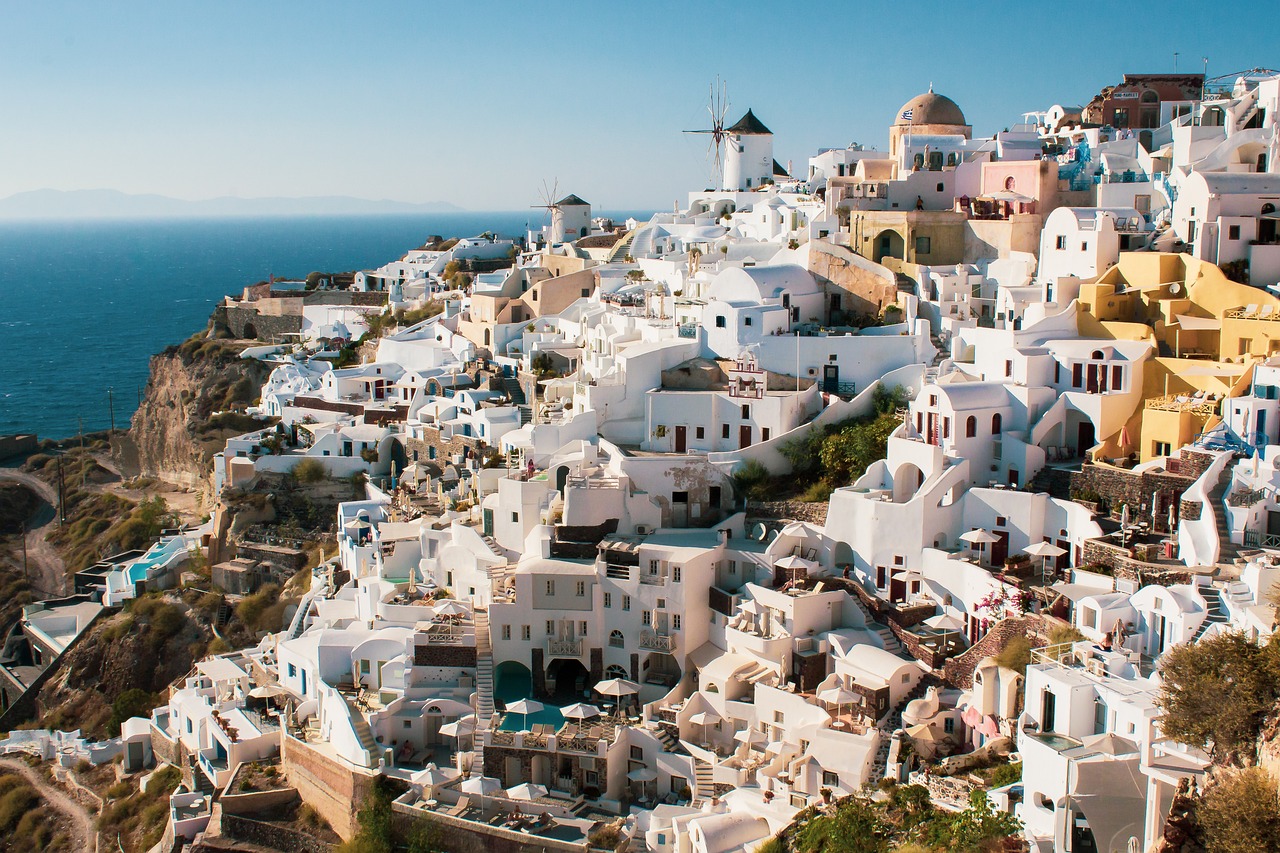Eros: The God of Love in Greek Mythology
Eros is famously recognized as the playful deity of love, often seen as a loyal accomplice to the goddess Aphrodite. Hesiod, one of the earliest poets, paints Eros as a primordial entity who was born at the dawn of existence, ushering in procreation. He, along with Himeros (Desire), is depicted as a companion to Aphrodite during her emergence from the ocean’s foam, a motif commonly found in ancient artworks where they are depicted flitting around her as she reclines in a shell.
Over time, both poets and artists expanded upon the character of Eros, creating various representations of the Erotes, akin to the Roman Cupid. Regardless of the variations, the original figure of Eros remained significant in mythology as the spark igniting affection in gods and mortals alike, typically depicted carrying a bow and arrows or a torch ignited with love.
Eros was frequently illustrated in ancient vase paintings as either a youthful beauty or a child. His visual representations evolved, encompassing traditional symbols such as arrows and other tokens of affection, like a hare or flower. While sculptors preferred the image of the youthful archer, mosaic creators tended to portray him as a cherubic figure with wings.
Eros’ Parentage and Offspring
Family of Eros
– Parents:
– Aphrodite (various sources including Ibycus and Ovid)
– Sometimes reimagined as a child of Ares and Aphrodite
– Hesiod alludes to a connection to Ouranos, suggesting Eros was birthed from the sky god.
- Offspring:
- Hedone, the goddess of sensual pleasure, born from Psyche.
The Concept of Eros in Classical Literature
In Latin, Eros is known as Amor or Cupid, but his various interpretations are fundamental in understanding the evolution of love in ancient Greece. Distinguishing between three representations of Eros—cosmogonic Eros, philosophical Eros, and the playful interpretation of later poets—helps clarify his role in Greek culture. Hesiod names him one of the origins of the universe, a powerful force merging disparate elements into harmony.
In later literary accounts, particularly those of poets like Ovid and Cicero, Eros becomes more associated with romantic and physical love, thus embodying a younger representation of the god. His origins diverge in multiple genealogies, with some traces leading back to Aphrodite or other divine parentage, and in some myths, he appears as a being without parents.
Eros’ Influence and Depictions in Art
Eros became a figure of profound influence, capable of captivating even the mightiest among the gods. His notable encounters include igniting passion in fierce deities such as Zeus and Ares, showcasing a more mischievous and rebellious side. Art and literature depict him engaging with various important figures of myth, including his association with Aphrodite, who often calls upon him in her quests for love and beauty.
He was worshipped at key locations like Thespiae, where festivals such as the Erotidia celebrated his influence. Artistic interpretations of Eros are diverse; he appears in paintings, mosaics, and statues, showcasing a range of emotions from playfulness to somber reflection on love.
Eros and Psyche: A Legendary Love Story
An iconic tale in mythology is that of Eros and Psyche, which explores themes of love’s trials and the pursuit of inner beauty. Aphrodite commands Eros to make Psyche fall in love with a hideous creature as punishment for her beauty, but Eros, enamored by Psyche himself, defies his mother’s order. This narrative delves deep into the facets of love—its trials, tribulations, and ultimate rewards, highlighting Eros as a transformative force.
Conclusion
Through the lens of mythology and classical art, Eros emerges as a complex figure representing the multifaceted nature of love—its chaos, beauty, and the trials it encompasses. As a deity, he embodies the blend of power within affection and sensuality, bringing forth tales that resonate through time, illustrating the enduring impact of love on human experience.



